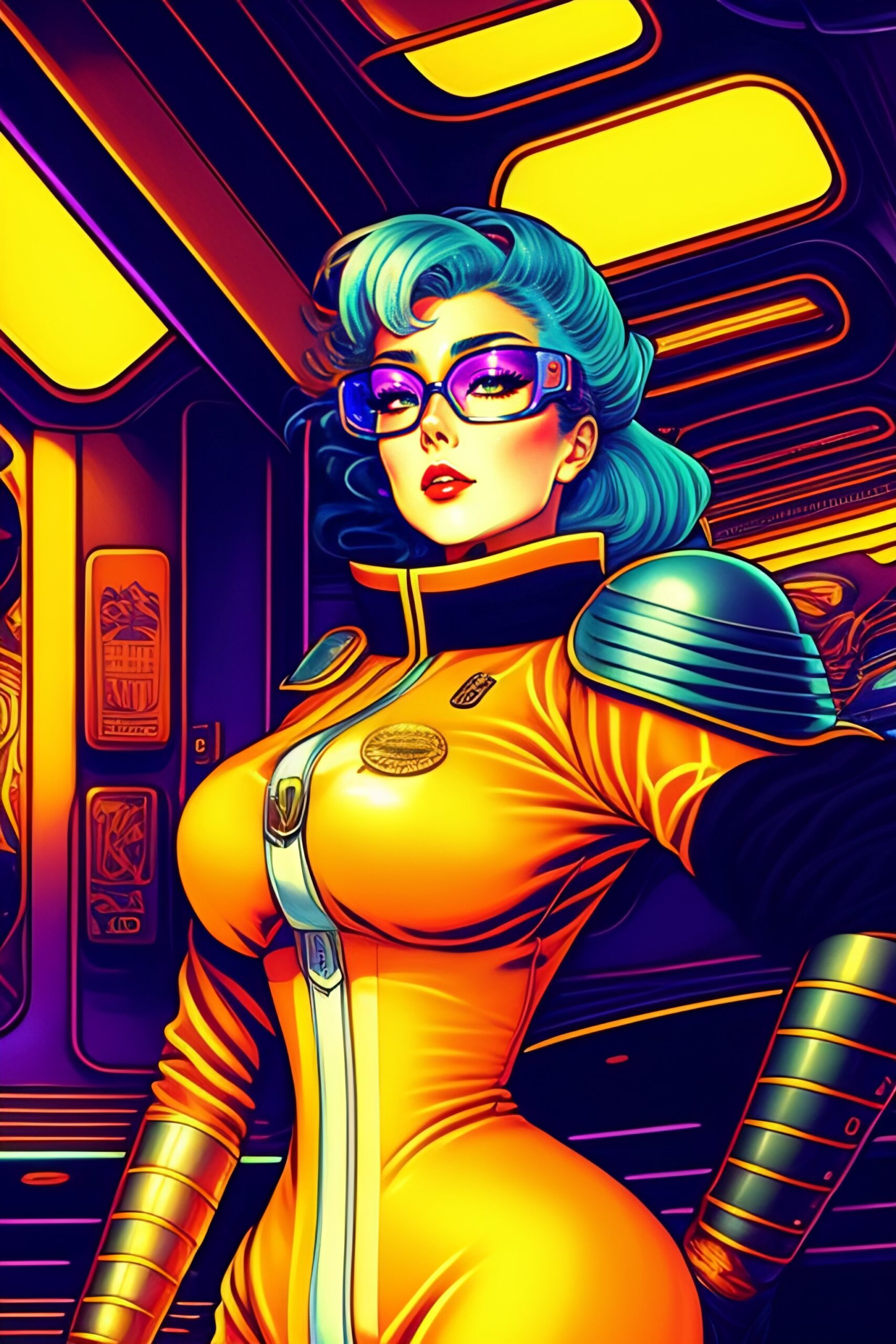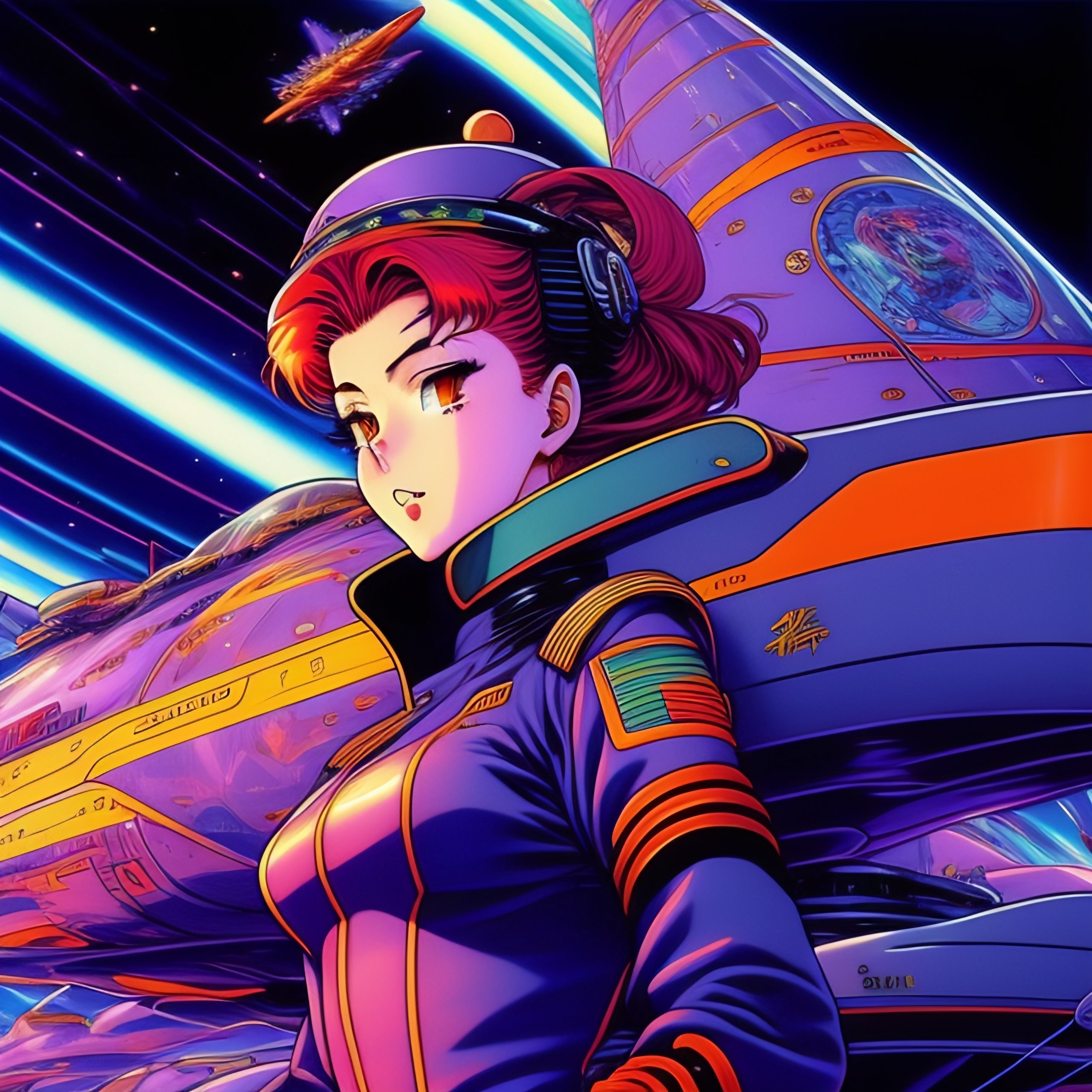Electronic music has revolutionized the global music scene, with various subgenres captivating audiences worldwide. This article explores four prominent electronic music styles that have shaped dance floors and festivals in recent decades.
Electronic Dance Music (EDM) EDM is an umbrella term encompassing various electronic music genres primarily designed for dance-based entertainment. Characterized by its energetic beats, synthesized sounds, and often euphoric drops, EDM has become a dominant force in popular music. Artists like Calvin Harris, Zedd, and Marshmello have brought EDM to mainstream audiences, blending electronic production with pop sensibilities.
Electronic The broader category of electronic music refers to any music primarily produced using electronic instruments and technology. This expansive genre includes everything from ambient soundscapes to experimental compositions. Pioneers like Kraftwerk laid the foundation for electronic music, while contemporary artists like Daft Punk and Deadmau5 continue to push its boundaries, influencing pop, rock, and other genres.
Dubstep Originating in South London in the late 1990s, dubstep is characterized by its emphasis on bass and rhythmic patterns. The genre typically features syncopated drum patterns, prominent sub-bass frequencies, and a distinctive “wobble” bass sound. Skrillex brought dubstep to mainstream attention, while artists like Burial maintain its underground roots. Dubstep has significantly influenced modern pop and hip-hop production.
Drum and Bass (DnB) Drum and Bass, also known as DnB, emerged from the UK’s rave scene in the 1990s. Defined by its fast breakbeats (typically between 160-180 BPM) and heavy, prominent basslines, DnB has evolved into various subgenres. Artists like Goldie and Roni Size pioneered the sound, while modern producers like Chase & Status have brought elements of DnB into mainstream pop collaborations.
The Interconnected Nature of Electronic Genres While these genres have distinct characteristics, they often overlap and influence each other. Many artists experiment across multiple styles, and elements from each genre frequently appear in others. Festivals like Tomorrowland and EDC showcase the diversity of electronic music, featuring artists from all these genres and more.
The Future of Electronic Music As technology continues to advance, so does the potential for electronic music production. From virtual reality concerts to AI-assisted composition, the boundaries of these genres are constantly being pushed. The accessibility of production tools has also democratized electronic music creation, leading to an ever-expanding and diverse global scene.


